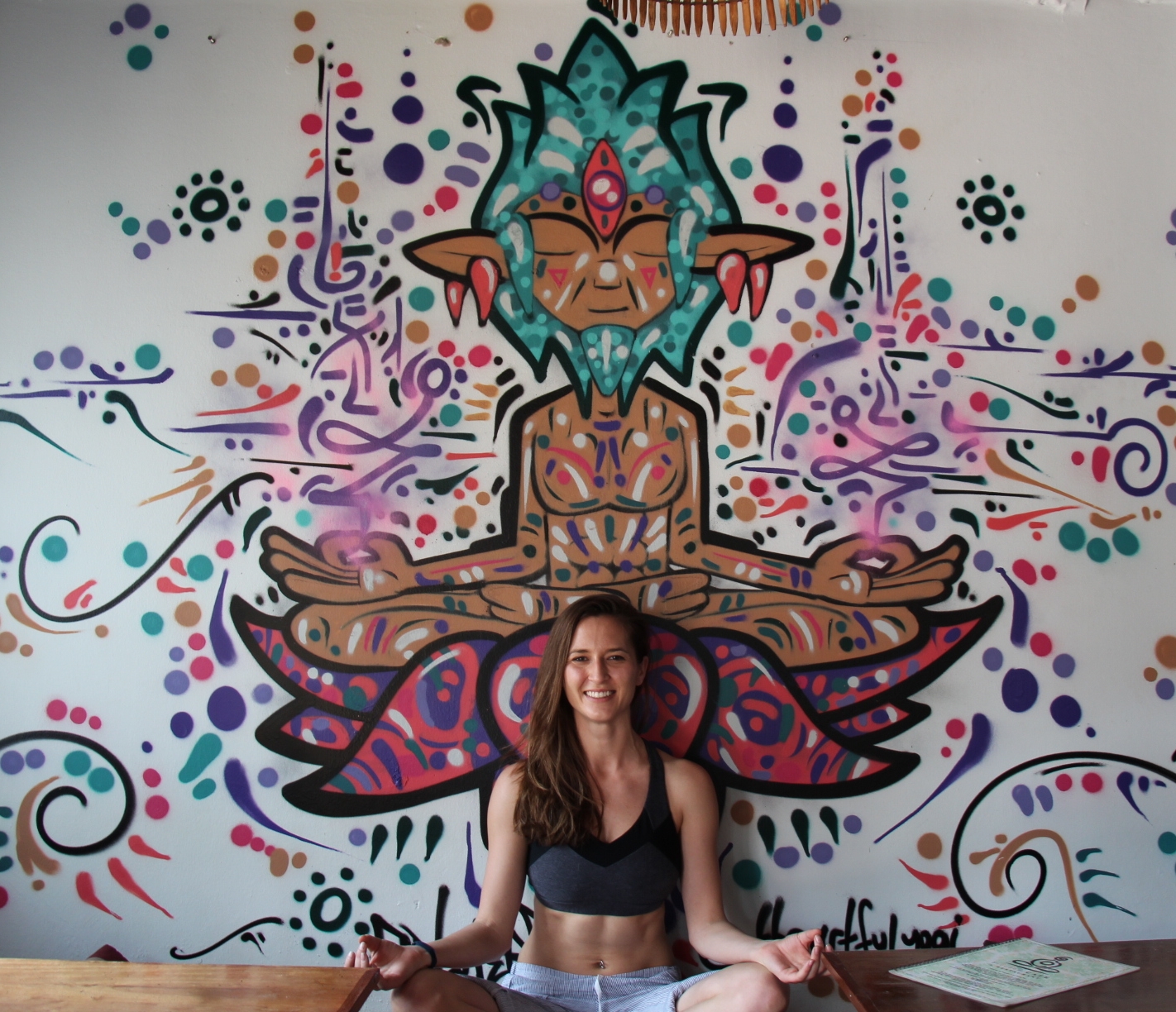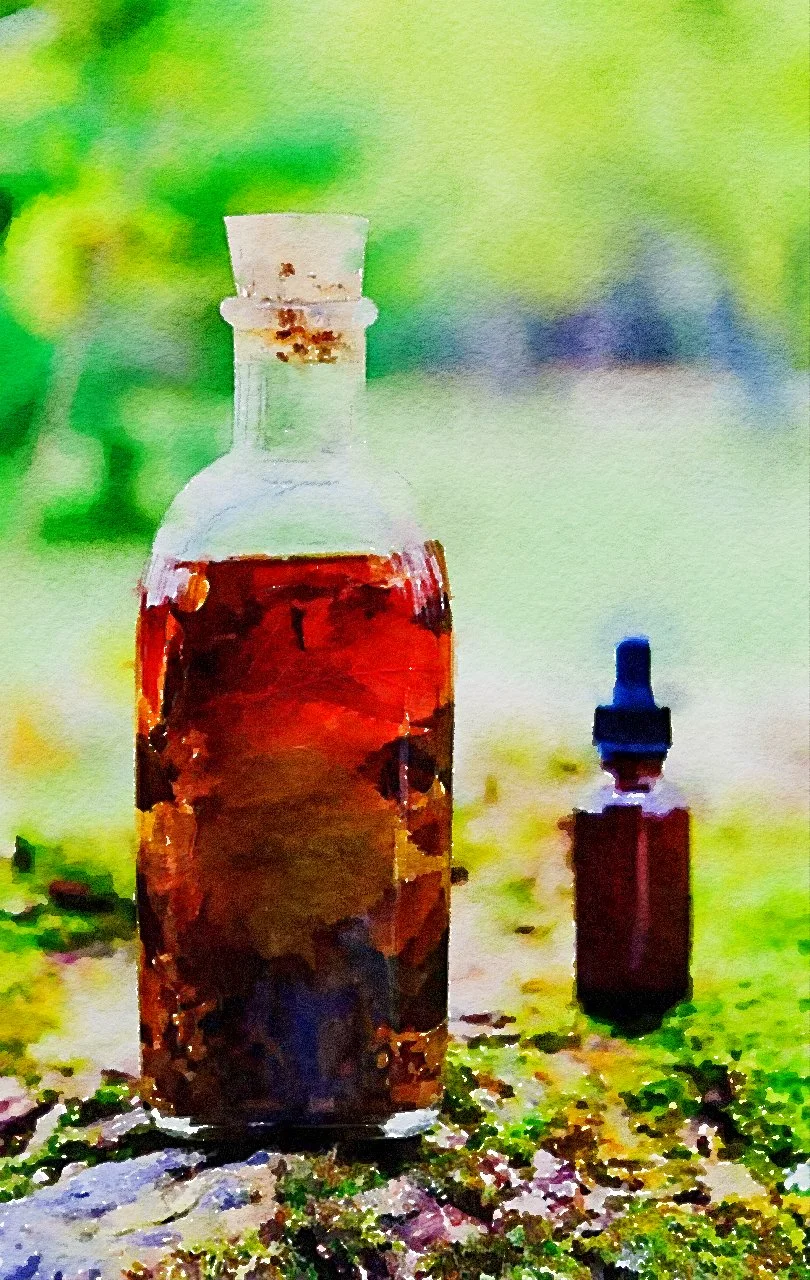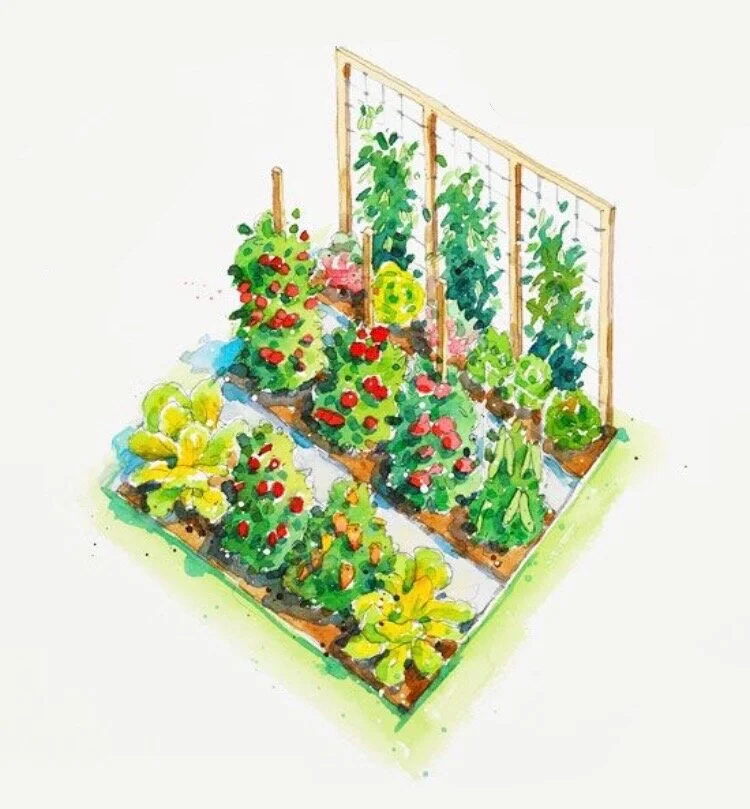Making your own Tinctures
Tinctures are concentrated liquid herbal extracts, made by steeping fresh or dried herbs in alcohol or vinegar. Traditionally, vodka or brandy were used. Alcohol helps break down the cell wall of the plant, pulling out the plant’s bio-active compounds into the alcohol. Vinegars are better suited as a bit more gentle, and tastes better (but won’t last as long as alcohol). Vinegar tinctures can last 2+ years, while alcohol ones are almost indefinite.
After the herbs steep for 4 weeks, strain the liquid and drop under the tongue, a few droppers full each day (20-30 drops). They are highly absorbable, concentrated, compact, and will last a lifetime if kept away from direct sunlight.
Solvents to use
Alcohol: Most potent, great preserver
potent, and rapidly assimilated by the body, great for immediate medical care (quick acting)
A good 100 proof organic alcohol is great: Brandy, vodka, and gin are favorites. The higher the proof, the more compounds extracted. (you need at LEAST 25% alcohol in your final tincture to be effective)
extracts fats, resin, wax and all kinds of other plant compounds (like vitamins, plus any of the plant’s secret powers)
Vinegar
Alcohol-free, More gentle on your system, and better to be used over a long period of time (or for chronic conditions) to strengthen and build
Less strong than alcohol, but another great extractor
Tastes good, actually a food, and non toxic
Can use these tinctures on salads or sip a small amount as a tonic drink
The solvent is part of the tonic.
helps regulate acid/alkaline balance in our bodies
excellent tonic for the digestive tract
Glycerin
Alcohol-free, plus sweet & nutritive (great for kids)
Soothing to the mucus membrane linings
Use a 4:1 ratio, 4 parts water to 1 part of glycerin (100% vegetable glycerin)
extracts: sugars, enzymes, glucosides, bitter compounds, saponins, and tannins.
Oils
Some people use a carrier oil, like hemp, coconut or olive. One of my favorite purchased tinctures uses MCT with an herb, so I am hoping to try that out this summer.
Simpler’s Method:
Finely chop your herb (fresh preferred, but dry fine too), place in wide-mouth glass jar
If using vinegar, heat it up a little first. Pour your liquid solvent of choice over your herbs, fully submerge.
Let sit for 2-6 weeks (out of sun, in a cool, dry, dark place)
Funnel into tiny dropper containers for use.
Echinacea Root- for boosting the immune system, great for winter cold and flu prevention
Chamomile- for calming the nerves, promoting restful sleep, headache remedy, and more!
Feverfew- for easing headaches and migraines
Lemon Balm- for boosting the immune system, relieving anxiety and tension, promoting restful sleep, and nourishing the nervous system.
Red Raspberry Leaf- for anemia prevention, cold and flu remedy, menstrual cramps, and to support pregnancy and postpartum.
Nettle- a highly nutritive herb, great for all ages, high in vitamins and minerals, helps to strengthen the skin, hair, and nails.
Chaga Mushroom- high in antioxidants, B vitamins, shrink tumors and kill cancer cells, boosts the immune system, helps reduce stress, anxiety, and depression.
More detailed Instructions
Step 1 Decide which herbs you will use for your herbal tincture. You may use one herb or a mixture of a few, depending on what medicinal properties you would like your tincture to have. If you have health conditions, make sure the herbs you are choosing are safe for you to use. If your herbs are fresh, chop them into small pieces.
Step 2 Pour your herbs into your mason jar. You may tincture as much herbs as you like, but a good place to start is to fill your jar 1/3 of the way full with your herbs of choice.
Step 3 Pour your alcohol over your herbs, covering the herbs completely with the alcohol, then keep pouring until the alcohol is above the herbs 2 inches.
Step 4 Cover your jar with an airtight lid. Shake your tincture, and label it with the herbs used, type of alcohol used, and date made.
Step 5 Place your jar in a warm place away from direct sunlight. You will let your tincture steep for 4-6 weeks, shaking it daily to help open the cell wall and release the medicinal properties form the herbs.
Step 6 After 4-6 weeks, strain your herbs from the alcohol. You can transfer your tincture to glass dropper bottles if you have them. Be sure they are labeled properly with all ingredients!
Since your tincture is made with alcohol, it will last indefinitely if stored in an airtight, glass container and away from sunlight. It's best to store tinctures in dark amber or blue glass to keep out any direct light.
Dosage
good general dosage to start with is 1/4 teaspoon 2-3 times daily- you can work your way up from there. If the taste is too strong, you may dilute the dosage into one cup of water or tea. Pay attention to your body and any differences you feel. If you’re not getting the results you need or want, then you may need to up your dosage or change your formula. Record your recipes and dosages as well as any affects they may be having on you, so you can begin to create formulas that are unique to you
A History of Tinctures
Tinctures date back as far as distilled alcohol. Ancient Egyptians soaked herbs in alcohol to make tinctures and cordials- with much lower alcohol content. In 1025, The Al-Qanoon fi al Tibb (The Canon of Medicine) was published, explaining many medical topics including herbal tinctures. It was the basis for the teaching of medicine in the West from the 12th-17th centuries, making these discoveries of distilled alcohol ingrained in Western medicine.
Distilling wasn’t commonly known in Europe until the 1400s, and became widespread around 1500, though the Irish and Scottish were using it much earlier than the rest of Europe. By the “Victorian” era in Anglocentric cultures, tinctures were popular. Laudanum is a tincture used over the counter in the U.S. until the 1970s, commonly with small children. Warberg’s tincture was used for fevers, malaria, and even colds until the 1980s. Until the 1920s, cannabis Indica tinctures were sold in your average pharmacy. It wasn’t until pharmacology started emphasizing pills that tinctures started to fade out.
Tinctures are becoming popular once again, as more people are learning about herbal medicine and traditional ways of preparing it. You will see all kinds of tinctures and extracts at local food co-ops and large health food stores, but for a pretty penny. They are much cheaper to make at home. They are great for anyone on the go, and esp if they don’t want to drink a lot of herbal teas every day. They are also great to take with you, and easy to use. Tinctures are concentrated, so dosages are small and can be diluted in water to hide taste. There is no prep once made, and as long as kept out of direct sunlight tinctures will never expire.
If you ask your elders, see what kind of herbal remedies they used to use in their daily lives.
Tincture Recipes
NERVINE TINCTURE
Excellent for insomnia nervous disorders, headaches and skin eruptions due to the nervous disorders.
2 parts skullcap
1 part wild lettuce
1 part valerian
1 part hops
1 part peppermint
TINCTURE FOR INTERNAL INFECTIONS
1 part golden seal
1 part echinacea
1 part Osha
1 part myrrh
¼ part cayenne
TINCTURE FOR HEART/CIRCULATION
1 part motherwort
2 parts hawthorne berry/leaf
1 part valerian
¼ part cayenne
HIGH CALCIUM TINCTURE
Excellent for bones nails, teeth and hair a high calcium formula.
1 part comfrey leaf
1 part oatstraw
2 parts nettle leaf
1 part horsetail shavegrass
BRAIN TONIC
Try it for at least 3 weeks and see if you don't notice a subtle but definite difference in memory and clarity.
2 parts gota kola*
1 part ginkgo leaf
1 part peppermint
1/2 part rosemary or sage
Note: * It is difficult to get good quality gota kola. Most of what is imported is of very poor quality. I'd suggest writing to Kenny Redstone in Hawaii at Wailuku Acupuncture & Natural Healing, 64 Central Ave., Wiluku, Hawaii 96739. Gota Kola grows wild in the tropics and in Southern California. It is easy to grow in the garden, but is very frost sensitive.
TINCTURE FOR DREAMS
Ingredients to help give you colorful vivid dreams.
2 parts damiana
1 part mugwort
1 part kava-kava
½ part lavender
½ part rosemary



